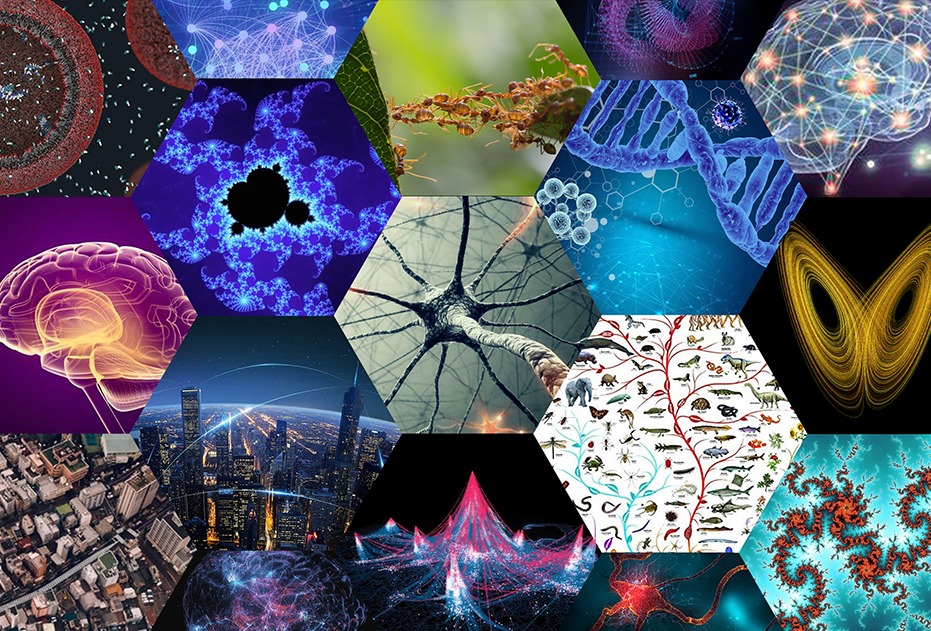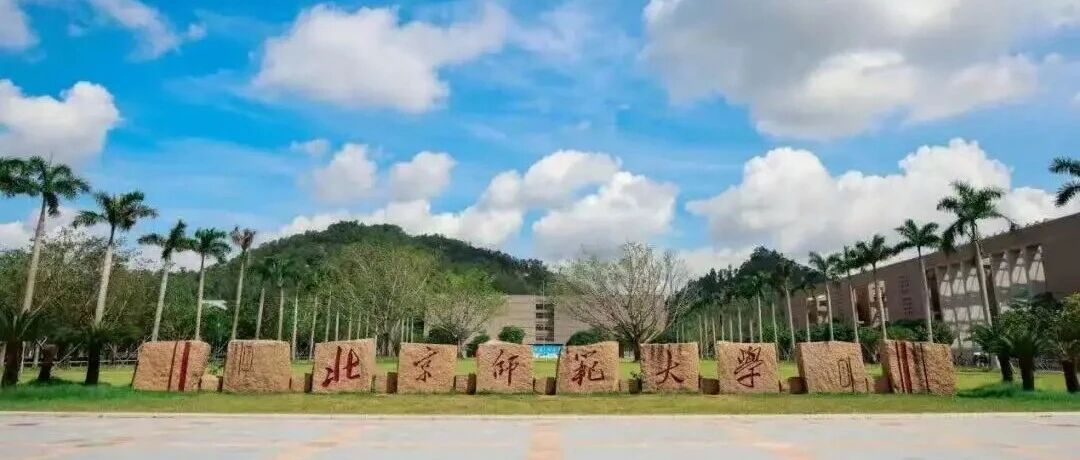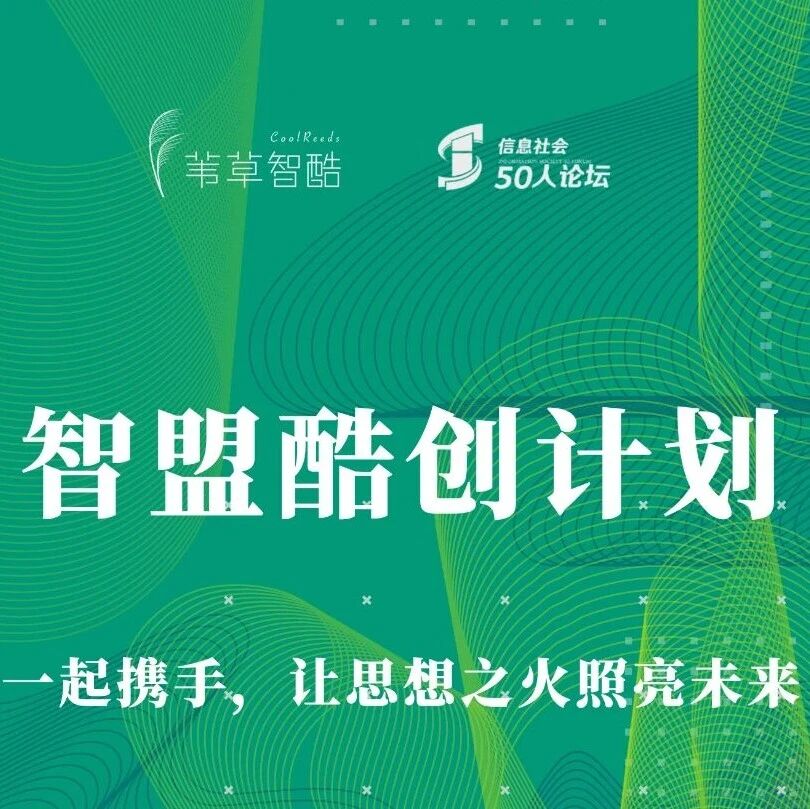周四直播:社会计算——探索新的研究范式 | 社会计算读书会
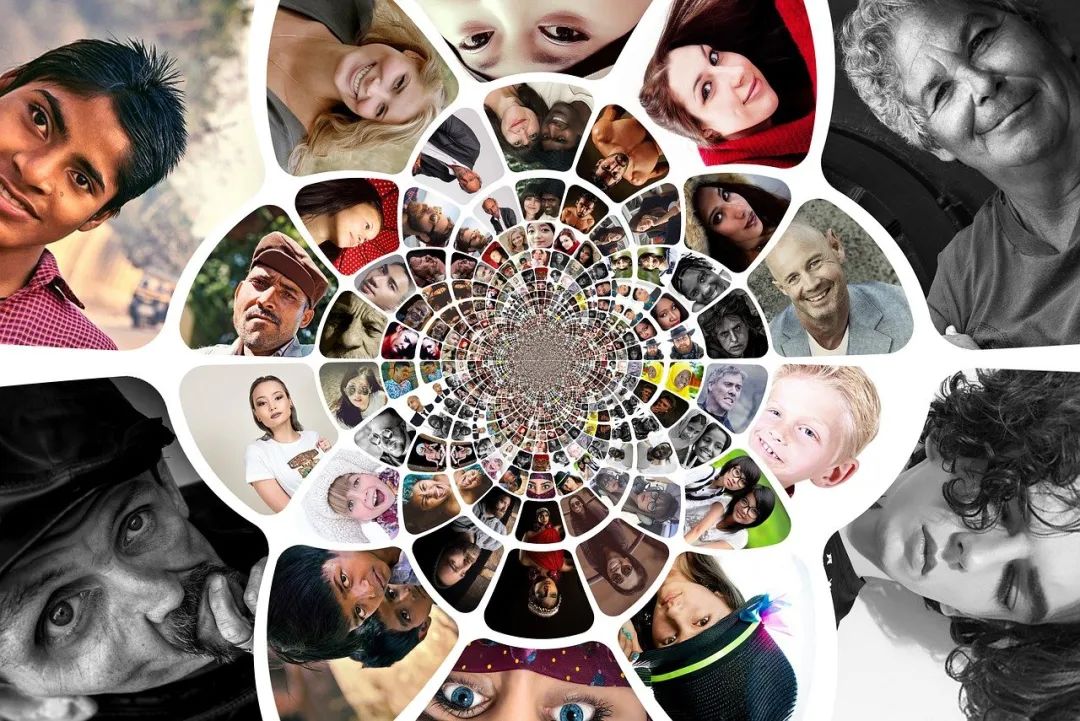
导语
过去十几年,社会科学与计算科学、复杂科学的交叉研究取得了迅猛发展,研究人员利用观察数据、实验设计和大规模仿真发表了海量论文,同时也涌现出了许多研究方向。集智俱乐部主办的“社会计算”主题的系列读书会(5月27日正式开始),通过从不同角度对其进行解读、分析和探讨,希望能给相关的从业者、研究人员、科研爱好者一些启发和灵感。
5月27日(周四)20:00-22:00将进行本读书会第一期分享,由读书会发起人、河北大学的王硕老师给大家介绍社会计算的产生、研究现状、研究工具及研究案例,题目 《社会计算:探索新的研究范式》。
社会计算系列读书会的部分主题会在集智俱乐部B站公开直播,欢迎扫描文中二维码或点击文末“阅读原文”,点击「我要听」预约直播,可在开播前获得提醒!

内容简介
在这个大数据的时代里,数字足迹毫无保留地记录下了日益增多的人类社会中的各种互动信息,而对这些信息的研究可以使我们对社会的本质及其运作规律获得前所未有的认知和理解。计算能力的改变让社会计算领域的研究取得了长足进步,诸如机器学习和自然语言处理等技术的进步,使得科学家可以检测和分析那些隐含的模式。计算仿真将使我们拥有模拟已知现实甚至探索未知条件的能力,这些变化彻底改变了传统的社会科学研究范式。我们相信,通过数据与计算的结合来帮助解决社会问题已成必然趋势,社会科学的黄金时代已经到来。
主讲人
主讲人

王硕,中国人民大学网络与移动数据管理管理实验室博士,现为河北大学数学与科学学院数据科学系讲师。目前研究领域为自然语言处理、机器学习、数据科学、知识融合等,参与完成多项国家重大研究重点支持计划或重点研发项目,发表关于情绪心理学与知识融合方面的论文多篇。
直播信息
直播时间:5月27日(周四)20:00-22:00
参与方式 1:腾讯会议(需报名参加系列读书会。读书会成员可在腾讯会议中开麦交流,向主讲人提问,参与互动)
参与方式 2:集智俱乐部B站直播

社会计算系列读书会招募中
-
时间:5月27日起,每周四晚20:00-22:00
-
模式:线上闭门读书会;(收费-退款的保证金模式、读书会成员认领解读论文)
-
费用:399元/人(可看录播视频)

第一步:扫码填写报名信息。
第二步:信息填写之后,进入对应的付费信息,提交保证金399元。(购课相当于提交保证金,符合退费条件后可退费)。
第三步:添加负责人微信,拉入读书会讨论群。
关于“社会计算”和“”计算社会科学
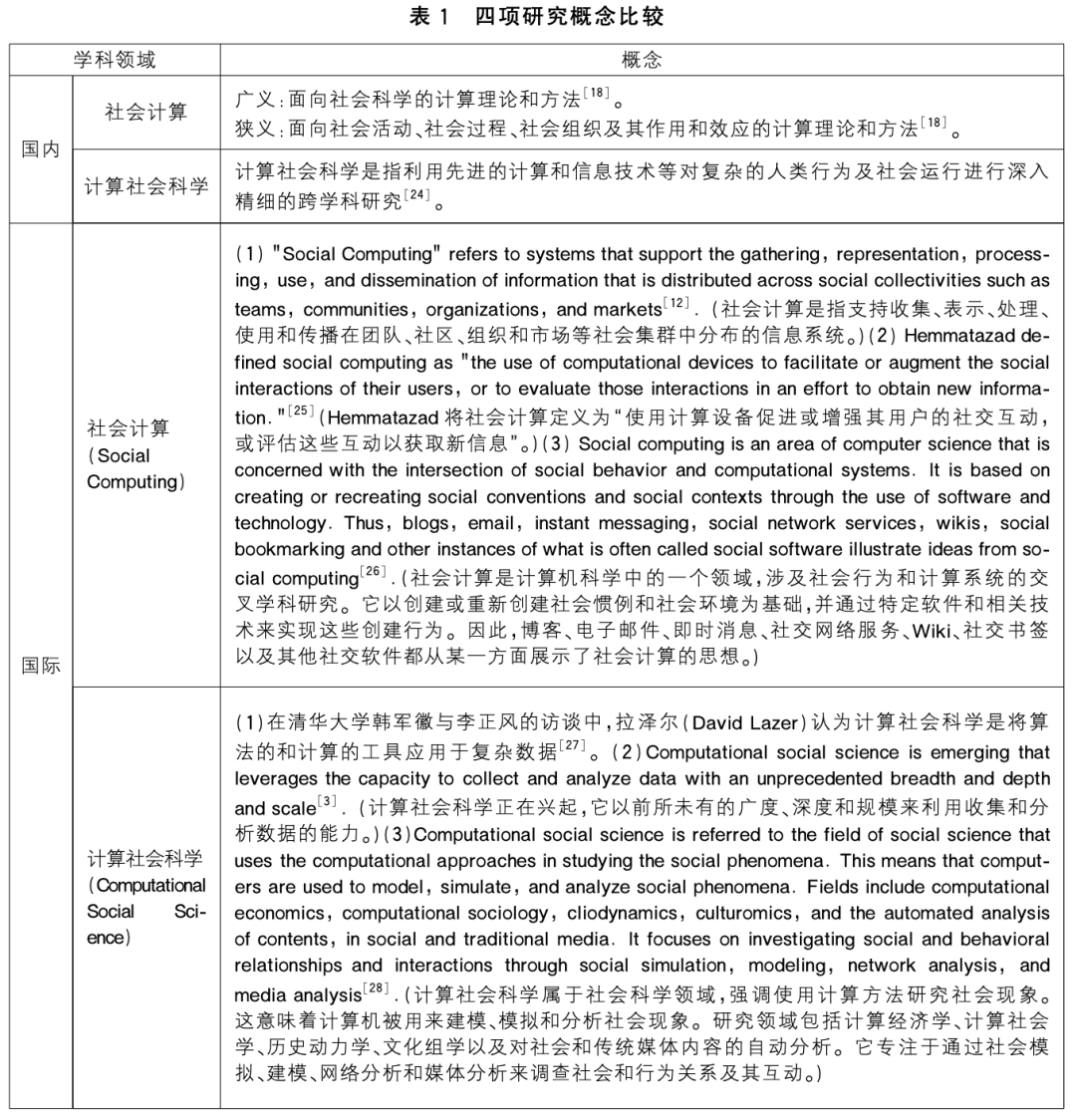
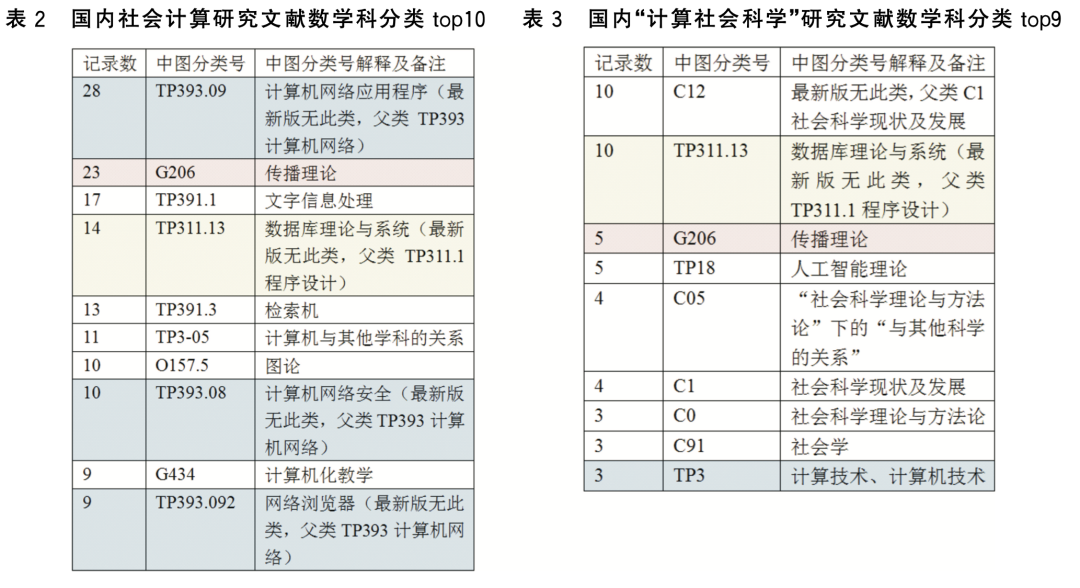
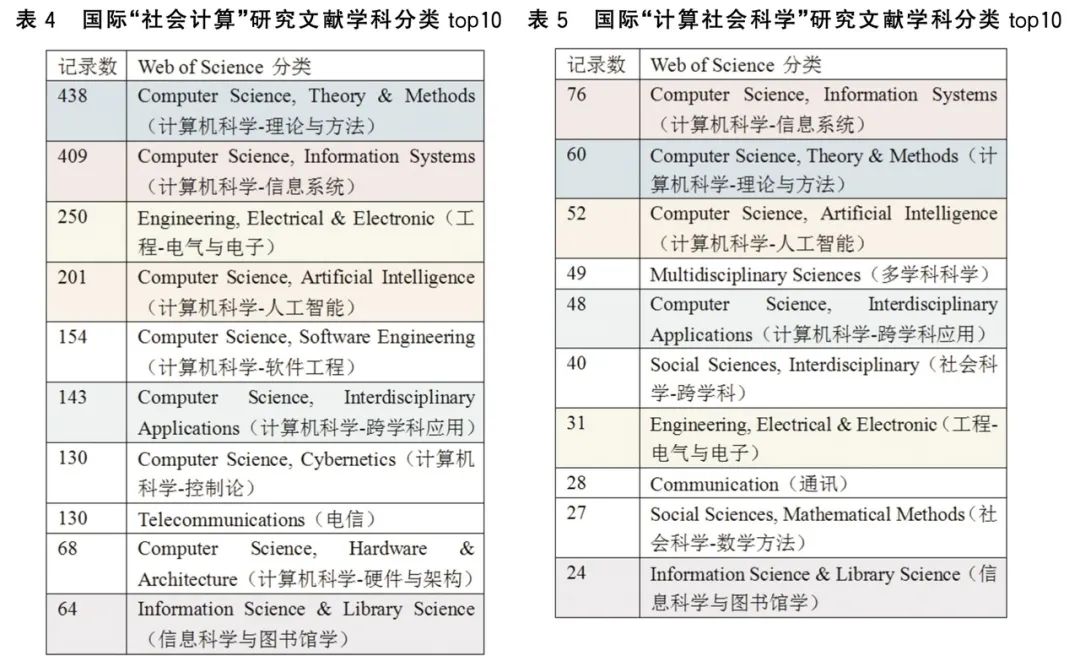
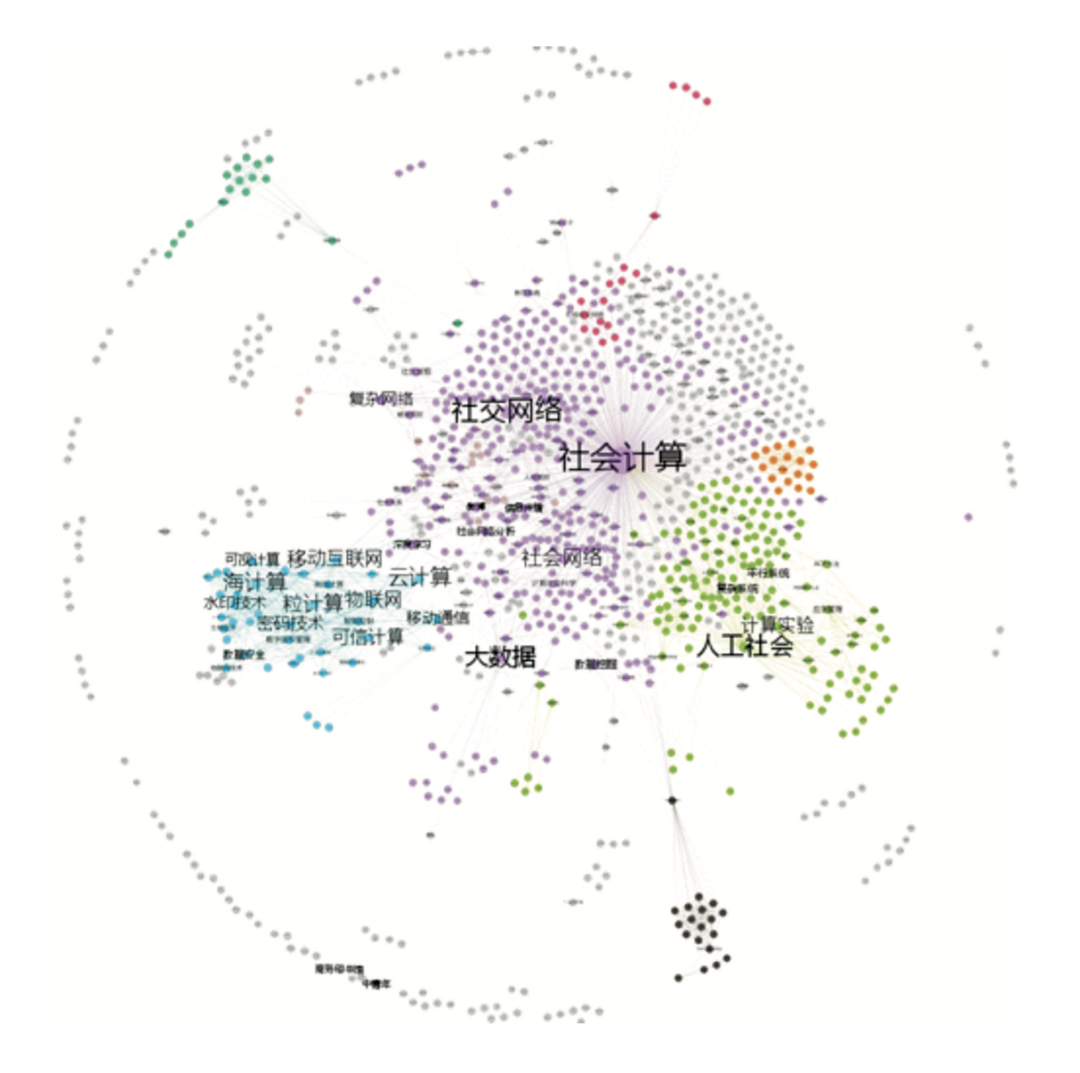
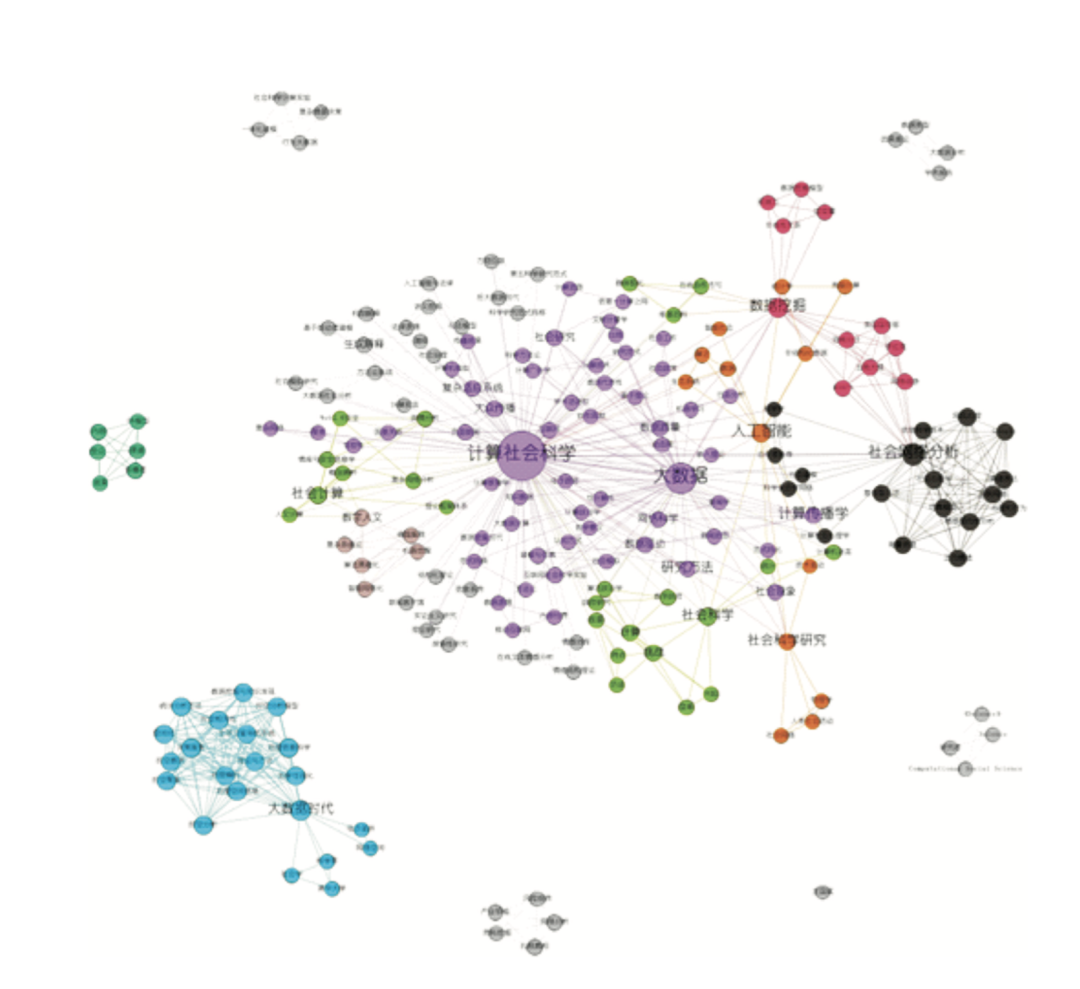
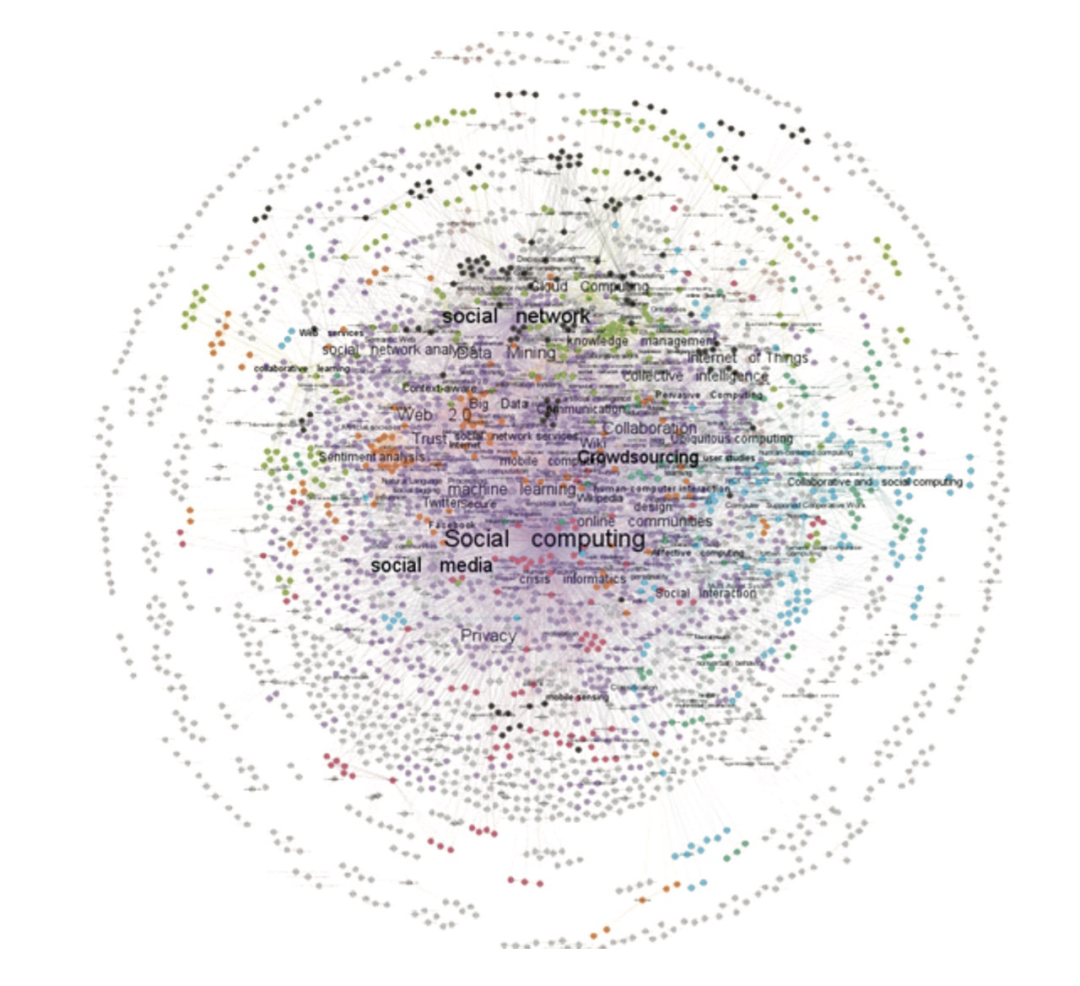
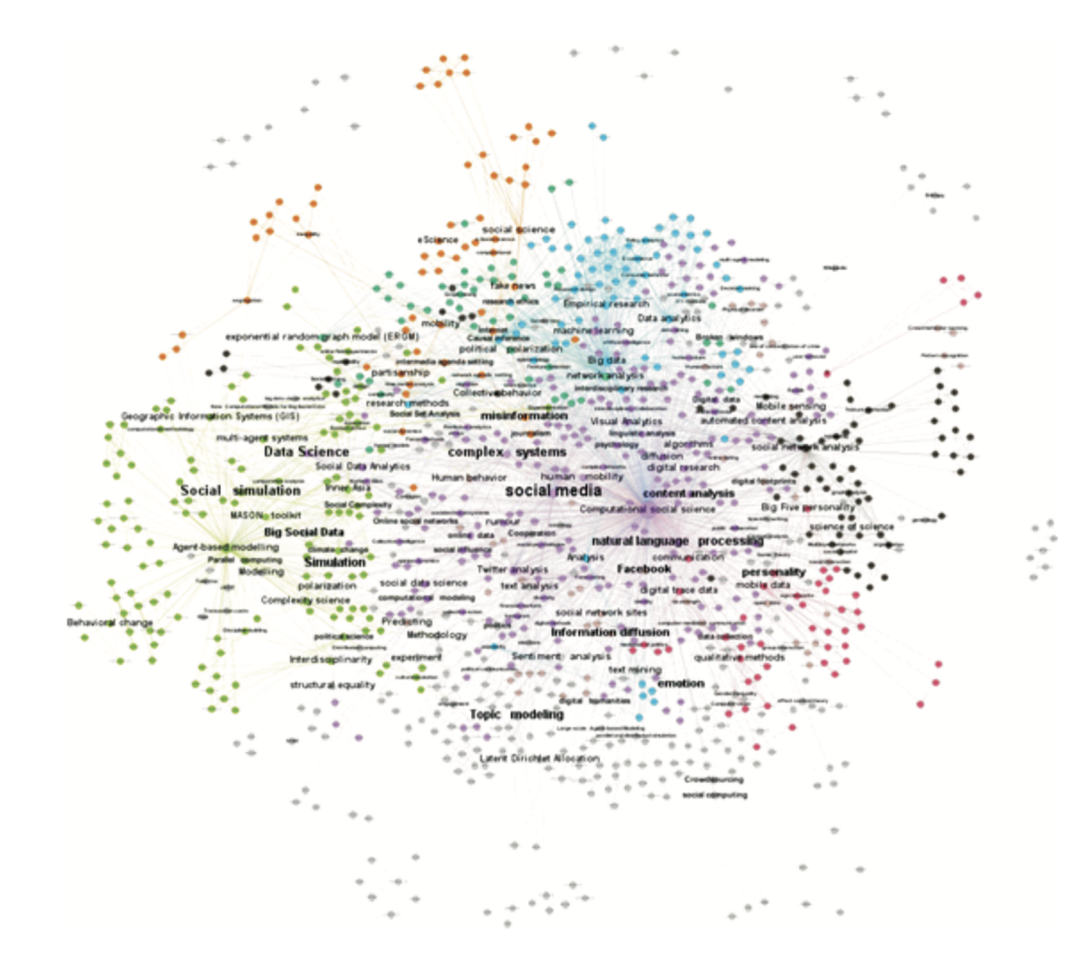
论文阅读清单
计算科学之于社会计算
-
Wang, Jingyuan, et al. “Alphastock: A buying-winners-and-selling-losers investment strategy using interpretable deep reinforcement attention networks.” Proceedings of the 25th ACM SIGKDD International Conference on Knowledge Discovery & Data Mining. 2019.
-
Wang, Jingyuan, et al. “Deep Fuzzy Cognitive Maps for Interpretable Multivariate Time Series Prediction.” IEEE Transactions on Fuzzy Systems (2020).
-
Wang, Jingyuan, et al. “Multilevel wavelet decomposition network for interpretable time series analysis.” Proceedings of the 24th ACM SIGKDD International Conference on Knowledge Discovery & Data Mining. 2018.
-
Wang, Jingyuan, et al. “Empowering A* search algorithms with neural networks for personalized route recommendation.” Proceedings of the 25th ACM SIGKDD International Conference on Knowledge Discovery & Data Mining. 2019.
-
Wu, Ning, et al. “Learning Effective Road Network Representation with Hierarchical Graph Neural Networks.” Proceedings of the 26th ACM SIGKDD International Conference on Knowledge Discovery & Data Mining. 2020.
-
Lazer, David, and Jason Radford. “Data ex machina: introduction to big data.” Annual Review of Sociology 43 (2017): 19-39.
-
Gao, Jian, Yi-Cheng Zhang, and Tao Zhou. “Computational socioeconomics.” Physics Reports 817 (2019): 1-104.
-
Kou, :, et al. “Deep learning based inverse model for building fire source location and intensity estimation.” Fire Safety Journal 121 (2021): 103310.
-
Nov, Oded, and Sunil Wattal. “Social computing privacy concerns: antecedents and effects.” Proceedings of the SIGCHI conference on human factors in computing systems. 2009.
-
Akiti, Chandan, Anna Squicciarini, and Sarah Rajtmajer. “A Semantics-based Approach to Disclosure Classification in User-Generated Online Content.” Proceedings of the 2020 Conference on Empirical Methods in Natural Language Processing: Findings. 2020.
-
孟小峰, 朱敏杰, and 刘俊旭. “大规模用户隐私风险量化研究.” 信息安全研究 5.9 (2019): 778-788.
-
Debatin, Bernhard. “Ethics, privacy, and self-restraint in social networking.” Privacy online. Springer, Berlin, Heidelberg, 2011. 47-60.
-
Post, Robert C. “Data privacy and dignitary privacy: Google Spain, the right to be forgotten, and the construction of the public sphere.” Duke LJ 67 (2017): 981.
-
孟小峰, et al. “数据垄断与其治理模式研究.” 信息安全研究 9 (2019).
-
孟小峰, 王雷霞, and 刘俊旭. “人工智能时代的数据隐私, 垄断与公平.” 大数据 6.1 (2020): 0.
-
Fioretti, Guido. “Agent-based simulation models in organization science.” Organizational Research Methods 16.2 (2013): 227-242.
-
Gómez-Cruz, Nelson Alfonso, Isabella Loaiza Saa, and Francisco Fernando Ortega Hurtado. “Agent-based simulation in management and organizational studies: a survey.” European Journal of Management and Business Economics (2017).
-
Secchi, Davide, and Martin Neumann. “Agent-based simulation of organizational behavior.” Springer, Cham doi 10 (2016): 978-3.
-
Zhang, Jun Jason, et al. “Cyber-physical-social systems: The state of the art and perspectives.” IEEE Transactions on Computational Social Systems 5.3 (2018): 829-840.
-
Wu, Chuhan, et al. “Neural news recommendation with heterogeneous user behavior.” Proceedings of the 2019 Conference on Empirical Methods in Natural Language Processing and the 9th International Joint Conference on Natural Language Processing (EMNLP-IJCNLP). 2019.
-
Wang, Hongwei, et al. “DKN: Deep knowledge-aware network for news recommendation.” Proceedings of the 2018 world wide web conference. 2018.
-
He, Li, Antonio Páez, and Desheng Liu. “Built environment and violent crime: An environmental audit approach using Google Street View.” Computers, Environment and Urban Systems 66 (2017): 83-95.
复杂科学之于社会计算
-
Zhou, Fang, Linyuan Lü, and Manuel Sebastian Mariani. “Fast influencers in complex networks.” Communications in Nonlinear Science and Numerical Simulation 74 (2019): 69-83.
-
Vosoughi, Soroush, Deb Roy, and Sinan Aral. “The spread of true and false news online.” Science 359.6380 (2018): 1146-1151.
-
Ni, Shunjiang, Wenguo Weng, and Hui Zhang. “Modeling the effects of social impact on epidemic spreading in complex networks.” Physica A: Statistical Mechanics and its Applications 390.23-24 (2011): 4528-4534.
-
Lu, Peng, et al. “The sandpile model and empire dynamics.” Chaos, Solitons & Fractals 143 (2021): 110615.
-
Liu, Lu, et al. “Hot streaks in artistic, cultural, and scientific careers.” Nature 559.7714 (2018): 396-399.
-
Mariani, Manuel S., and Linyuan Lü. “Network-based ranking in social systems: three challenges.” Journal of Physics: Complexity 1.1 (2020): 011001.
-
Xu, Jia, et al. “Incentive mechanism for multiple cooperative tasks with compatible users in mobile crowd sensing via online communities.” IEEE Transactions on Mobile Computing 19.7 (2019): 1618-1633.
-
Wang, Jiangtao, et al. “Social-network-assisted worker recruitment in mobile crowd sensing.” IEEE Transactions on Mobile Computing 18.7 (2018): 1661-1673.
-
Varga, Attila. “Shorter distances between papers over time are due to more cross-field references and increased citation rate to higher-impact papers.” Proceedings of the National Academy of Sciences 116.44 (2019): 22094-22099.
-
Xie, Jiarong, et al. “Detecting and modelling real percolation and phase transitions of information on social media.” Nature Human Behaviour (2021): 1-8.
-
Li, Sijia, et al. “The impact of family violence incidents on personality changes: An examination of social media users’ messages in C hina.” PsyCh Journal (2021).
-
Lin, Yu-Ru, et al. “Facetnet: a framework for analyzing communities and their evolutions in dynamic networks.” Proceedings of the 17th international conference on World Wide Web. 2008.
-
Huang, Jianbin, et al. “Density-based shrinkage for revealing hierarchical and overlapping community structure in networks.” Physica A: Statistical Mechanics and its Applications 390.11 (2011): 2160-2171.
-
Bettencourt, Luís MA. “The origins of scaling in cities.” science 340.6139 (2013): 1438-1441.
-
Blumenstock, Joshua, Gabriel Cadamuro, and Robert On. “Predicting poverty and wealth from mobile phone metadata.” Science 350.6264 (2015): 1073-1076.
-
Ju, Jingrui, Luning Liu, and Yuqiang Feng. “Citizen-centered big data analysis-driven governance intelligence framework for smart cities.” Telecommunications Policy 42.10 (2018): 881-896.
-
He, Li, et al. “Ambient Population and Larceny-Theft: A Spatial Analysis Using Mobile Phone Data.” ISPRS International Journal of Geo-Information 9.6 (2020): 342.
-
Li, Hui-min, et al. “Analyzing the relationship between developed land area and nighttime light emissions of 36 Chinese cities.” Remote Sensing 11.1 (2019): 10.
-
Wang, Lingli, et al. “Voice-Based AI in Call Center Customer Service: Evidence from a Field Experiment.” Call Center Customer Service: Evidence from a Field Experiment (June 22, 2020) (2020).
-
Wang, Chenyang, Yang Gao, and Hui Zhang. “Typical patterns of government response measures and trends for COVID-19 pandemic.” Proceedings of the 6th ACM SIGSPATIAL International Workshop on Emergency Management using GIS. 2020.
-
融合计算科学、社会科学与复杂科学:社会计算系列读书会启动招募 -
前沿综述:社会科学进入黄金时代 -
Science综述:计算社会科学十年,反思与展望 -
Science经典回顾:计算社会科学诞生宣言 -
经典综述回顾:计算社会科学的5种研究方法






